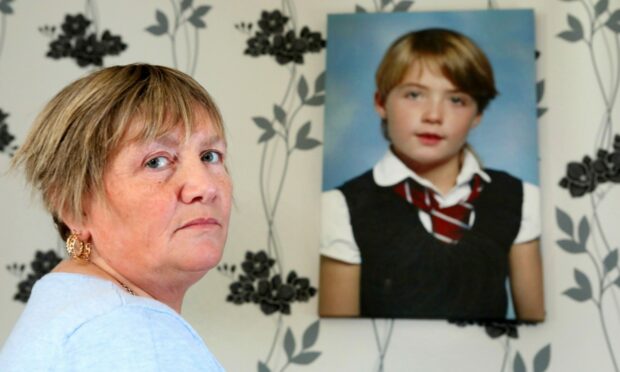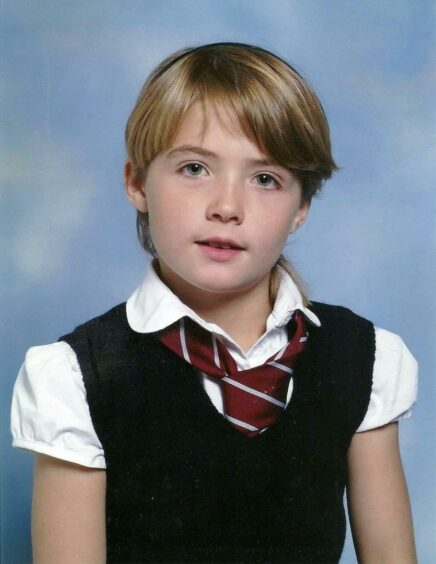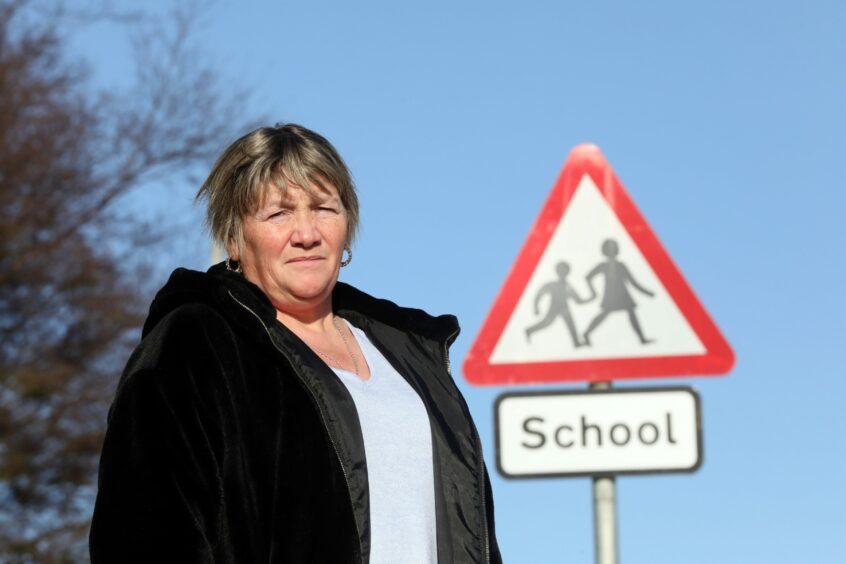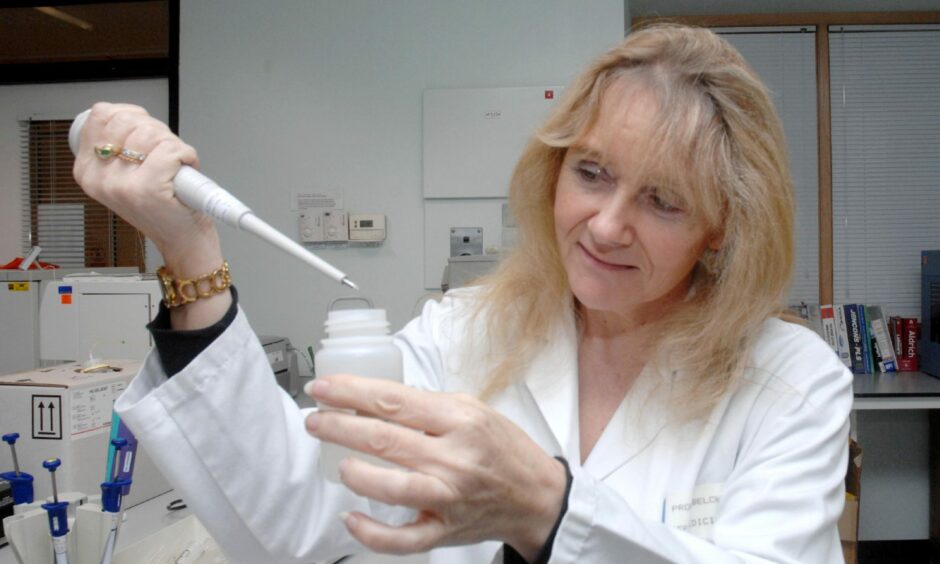The mum of an Angus girl whose life was cut short by an asthma attack aged just eight has backed a call to tackle air pollution around schools.
“I never thought asthma would kill my child. But it did,” says Leora Quigg.
Leora, of Arbroath, has been raising awareness of the severity of asthma since tragically losing her daughter Courtney in 2008.
The 47-year-old, who has five surviving daughters, has backed a call from a leading academic for air pollution monitors to be installed outside all schools.
Landmark case in London
In 2020, nine-year-old Ella Adoo-Kissi-Debrah became the first person in the UK to have air pollution listed as the cause of death on her death certificate.
Like Courtney, she had asthma.
And last year, local health professionals warned air pollution could be contributing to 473 deaths every year in Tayside and Fife.
“It’s about raising awareness and getting people to understand,” says Leora, who herself suffers from asthma and chronic obstructive pulmonary disease (COPD).
Courtney had debilitating asthma was “always in and out of hospital”.
She also missed a lot of school.
Because of this, Leora loses patience when she sees people driving their children to school when they live close by.
“It’s about getting people to understand that walking is the healthier option.
“I think it’s absolutely horrendous, the amount of people that can’t walk their child to school, and they stay around the corner.
“There’s a lot of people who still smoke outside the schools. They don’t care.
“It’s the same at the hospitals, I see it there as well.
“With smoke, if I smell it, that can bring on an asthma attack for me.”
What’s being done on pollution near schools?
Angus Council officers are currently trialling exclusion zones around three of the region’s primary schools.
The 18-month scheme prevents vehicles from entering streets next to the schools. Meanwhile, air quality is monitored.
According to the council, early indications show the move has improved air quality and is protecting school children from harmful car exhaust fumes.
Depending on the outcome of the trial, the council could make the exclusion zones permanent.
Dundee City Council banned cars outside two of its schools back in 2013, and did the same at a third, Fintry Primary School, last year.
Teachers at Fintry Primary carried out a survey to assess if had influenced journeys to school.
And it appears the move prompted more children to walk or cycle to school, rather than getting a lift.
Council bosses in Dundee are now consulting the head teachers of five more schools with a view to extending the scheme. They are considering exclusion zones at nine further schools in the future.
But Leora says more needs to be done.
And she backs Professor Jill Belch from Dundee University.
Prof Belch has called for air quality monitors to be installed outside every school in the country.
“I’ve called for pollution monitors outside every school,” says the academic.
“Because I think that would be one way of stopping parents idling in their cars, which you see all the time.
“But also, it might motivate the public to actually protest.”
Why is air pollution a danger to children?
Prof Belch is an expert in vascular medicine, which is concerned with blood circulation.
She says there is a need to “make sure that we’re not poisoning our children”.
“In polluted areas, there are more accident and emergency visits, more childhood asthma, decreased lung function, damage to brains. Possibly to the immune system too.
“Children are most vulnerable as they are growing, so their cells are dividing. Damage is more likely to happen to dividing cells.”
A spokesperson for the Scottish Environment Protection Agency (Sepa) conceded it had just five air quality sensors available for schools.
“The sensors are not used to measure air quality around the schools.
“They are tools to illustrate patterns and fluxes of air pollutants caused by activity, such as vehicle idling or smoking, to encourage behaviour change.
“Sepa continues to work in partnership with other organisations on future projects that focus on air quality and school activities.”
Air quality in Scotland: Track levels of air pollution in your community













